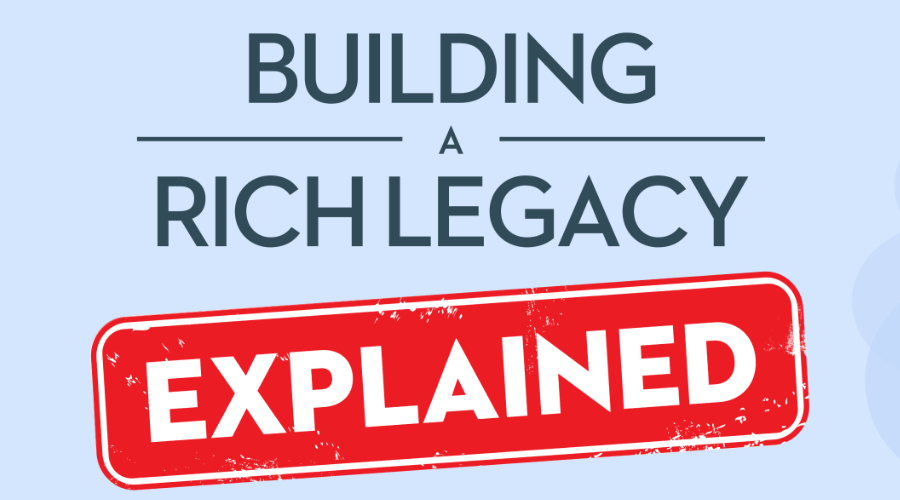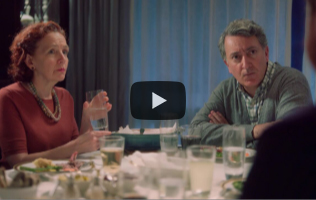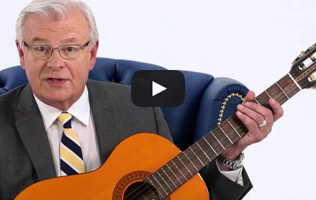Registered retirement savings plans (RRSPs) provide Canadians with an extremely tax-efficient way of saving for their retirement. You get a tax break when you make RRSP contributions (which usually provides you with a tax refund) and your savings grow tax-free.
However, RRSPs are tax-deferred savings plans. What this means is that when you make an RRSP withdrawal, the money is considered income and will be taxed accordingly. Plus, RRSPs are designed to help you to save for retirement, so you’re not meant to make an RRSP early withdrawal. If you do take an RRSP early withdrawal, RRSP withdrawal rules mean you could end up paying an RRSP withdrawal penalty, which we will explore in this article, as well as how to withdraw RRSP investments.
When can you withdraw funds from RRSP
When can I withdraw my RRSP savings? Technically, you can make an RRSP withdrawal at any time. However, RRSP withdrawal rules are based around investors making RRSP withdrawals at retirement. You shouldn’t treat your RRSPs like a regular savings account and make RRSP early withdrawals to pay for regular expenses, as an RRSP withdrawal penalty can be costly.
RRSP early withdrawals
As we know, RRSPs are beneficial for tax advantages if leveraged well. However, making RRSP early withdrawals could lead to a hefty penalty. And that’s not all; there are more consequences attached to it. Let’s explore the potential price you could be paying for making an RRSP early withdrawal.
- You lose your contribution room forever with an RRSP early withdrawal: once you take out any money from your RRSP, the CRA deducts that amount from your contribution room. Unlike with a TFSA, you don’t get to recontribute to an RRSP.
- You lose the power of compound interest: any money you take out of your RRSPs now would be worth considerably more by the time you retire, thanks to compound interest. An RRSP withdrawal calculator can help you work out how much less you will have in retirement when you make an RRSP early withdrawal.
- You will be charged RRSP withholding tax and possibly income tax: withholding tax is taken from the amount you withdraw at source, from your financial institution, plus the amount has to be added to your income tax.
Let’s take a closer look at how much you’ll pay for making an RRSP early withdrawal and whether an RRSP withdrawal calculator can help.
RRSP withdrawal fees and calculator
While an RRSP withholding tax calculator could help you to work out how much your RRSP withdrawal penalty would be, the calculation is fairly simple:
| Amount withdrawn | Amount taxed: All provinces excluding Quebec |
Amount taxed: Quebec |
|---|---|---|
| Up to $5,000 | 10% | 5% |
| $5,001 to $15,000 | 20% | 10% |
| $15,001+ | 30% | 15% |
Taxpayers in Quebec will also pay an additional 16% in provincial sales tax, on top of the federal withholding tax, when they make an RRSP early withdrawal.
Here are some examples of what the effective RRSP withdrawal penalty would be in withholding tax:
|
Amount withdrawn |
Amount taxed: |
Amount taxed: |
|---|---|---|
| $3,500 | $350 | $735 |
| $12,000 | $2,400 | $3,120 |
| $25,000 | $7,500 | $7,750 |
So, while you don’t really need an RRSP early withdrawal calculator to work out how much withholding tax you’ll pay, an RRSP withdrawal tax calculator could be handy to work out how much extra you will pay in income tax. That’s because you won’t just pay withholding tax on RRSP early withdrawals, you could also pay extra in income tax, depending on your marginal tax rate (the amount of tax you will pay on any additional dollar of income earned).
How to withdraw RRSPs without an RRSP withdrawal penalty
When you’re ready to retire and want to start drawing on your RRSP savings to bring you retirement income, there are a few ways you can withdraw money without falling foul of RRSP withdrawal rules:
- Convert your RRSPs to a RRIF: You can switch all of your RRSP investments over to a registered retirement income fund (RRIF) with no RRSP withdrawal penalty. However, you will then have to withdraw a minimum amount every year and pay income tax on that amount if you have sufficient income.
- Convert your RRSP into an annuity: RRSP withdrawal rules allow you to switch to an annuity, which provides a guaranteed regular income during your retirement, either for your lifetime or a fixed period. You will also pay income tax on annuity payments if the amount is high enough.
- Homebuyers’ Plan: You can withdraw up to $35,000 to use as a down payment to buy your first home without an RRSP withdrawal penalty. You have to pay the funds back within 15 years.
- Lifelong Learning Plan: You can have an RRSP early withdrawal of up to $20,000 to pay for full-time education or training for you or your spouse. You have to meet certain eligibility criteria.
RRSP withdrawal rules at age 71 demand that you convert your RRSPs to a RRIF or annuity by the end of the year you turn 71.
Some frequently asked questions about RRSP withdrawal rules
How long does it take to cash out an RRSP?
This depends on the type of investments you hold, but there shouldn’t be much difference in cashing them out from an RRSP and any other kind of account.
What are the spousal RRSP withdrawal rules
Generally speaking, your spouse will pay the withholding tax/income tax on any RRSP withdrawals. However, if you contributed to their RRSP and they withdraw from it within three years of your contribution, you will have to pay tax as if the withdrawal were your income.
How can I withdraw money from an RRSP
Just contact your financial institution as you would for any other investment withdrawal. Remember to declare the full amount as income on your tax return.
How much can I withdraw from my RRSP?
You can take out up to the full amount at any time, but you will probably be heavily taxed as it will all count as income.
What happens if you withdraw from an RRSP before retiring?
Withholding tax plus potentially income tax could apply, as outlined above.
What are locked-in RRSP withdrawal rules?
If you have a locked-in RRSP account (typically funds from a retirement plan with a previous employer) locked-in RRSP withdrawal rules only allow for the withdrawal of money under certain conditions, such as if you are 55+ or it is only a small amount.
How to supplement your RRSP retirement income
For many Canadians, their entire retirement income (including their RRIF/RRSP withdrawals) doesn’t provide for the kind of retirement that they wanted. They may not have saved enough to travel or fully enjoy their post-work years. For those retirees who are homeowners aged 55-plus, there is a great option for boosting their retirement income.
The CHIP Reverse Mortgage® from HomeEquity Bank is a tax-free loan based on your home’s equity, rather than your income or credit score. You could borrow up to 55% of your home’s value with no mortgage payments – you only pay what you owe when you sell your home or move out.
You can take the money in a lump sum or regular monthly payments to give your income the boost it needs to provide you with the retirement you want. Call us at 1-866-758-2447 today to find out how much you could borrow.






























